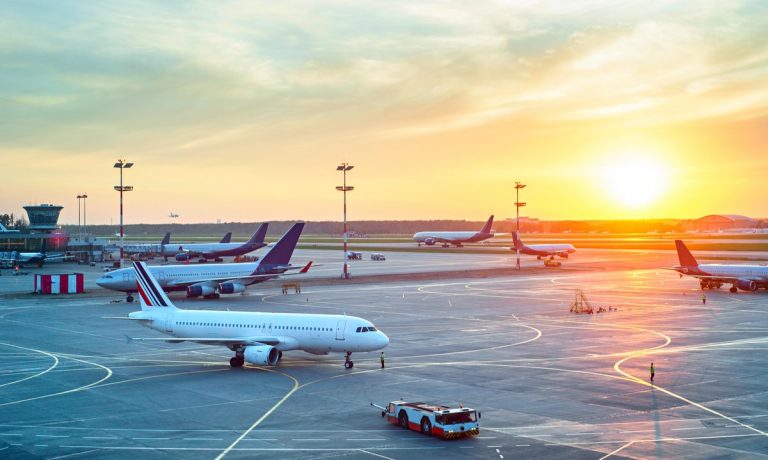Why Are Travel Industry Vendor Payments So Complicated?

The travel industry was one of the biggest pandemic losers. Now that the world has largely reopened, business is booming again.
Business travel is a big part of it. In the second quarter, business travel accounted for roughly two-thirds of Hilton Worldwide’s revenue mix and just over half of Marriott International’s, according to company earnings reports.
Reachdesk Chief Financial Officer Vic Russo said travel and entertainment expenses are an example of an area where discretion needs to be the better part of cost-cutting as business emerges from the lockdown.
“I think travel and entertainment (T&E) platforms are the Zoom of the post-pandemic era,” Russo said.
Pent-up demand for business and consumer travel has exploded, and a supply side crisis has caused spikes in everything from airfare to hotel room rates to rental cars. This bout of inflation, while arguably more analogous to the post-World War II variety than the post-Vietnam strain, may well be transitory as supply and demand find equilibrium.
Regardless of where pricing goes, the strain on the travel ecosystem has refocused attention on what makes travel industry vendor payments so complex.
Complexity
Business travel is divided into two parts: individual (business transient in industry parlance) — such as salespeople calling on customers and prospects, and group — conventions and trade shows that involve hotel room blocks and meeting spaces. The former is simpler and more analogous to consumer travel, the latter far more complex.
B2B payments between merchants and the end-providers of services are a fundamental part of the travel and tourism sectors. Vendors often sell services that are ultimately provided by other firms that require payment. An online travel site that offers hotel and flight packages, for example, must pay the hotels and airlines involved. These transactions may be a normal part of doing business, but the management and execution of these payments can be very complex, especially when customers require refunds or reschedule their travel.
In fact, 62% of travel and tourism businesses cite B2B payouts as at least a somewhat significant pain point — 20% said they are very or extremely significant, and another 43% said they are somewhat significant, according to the Smart Receivables Playbook, a PYMNTS and Flywire collaboration.
Get the report: Smart Receivables Playbook
Rethinking AR and AP Optimization
The travel resurgence is driving many businesses to take a hard look at the payment frictions holding them back and reimagining approaches to accounts receivable (AR) and accounts payable (AP) optimization through automation.
Effective AR management is critical in the travel and tourism sectors. Many merchants sell services that other firms (such as hotels and airlines) will eventually provide, and these require management of B2B payments linked to customers’ original purchases. Along with meeting that challenge, businesses in the travel and tourism sectors must cope with international payments, flexible booking conditions and high payment processing costs.
The key to streamlining these inefficiencies going forward will be to invest in digital innovations that break down cross-border barriers, reduce costs and build future-proof payment operations that can position them for long-term success on the international stage.